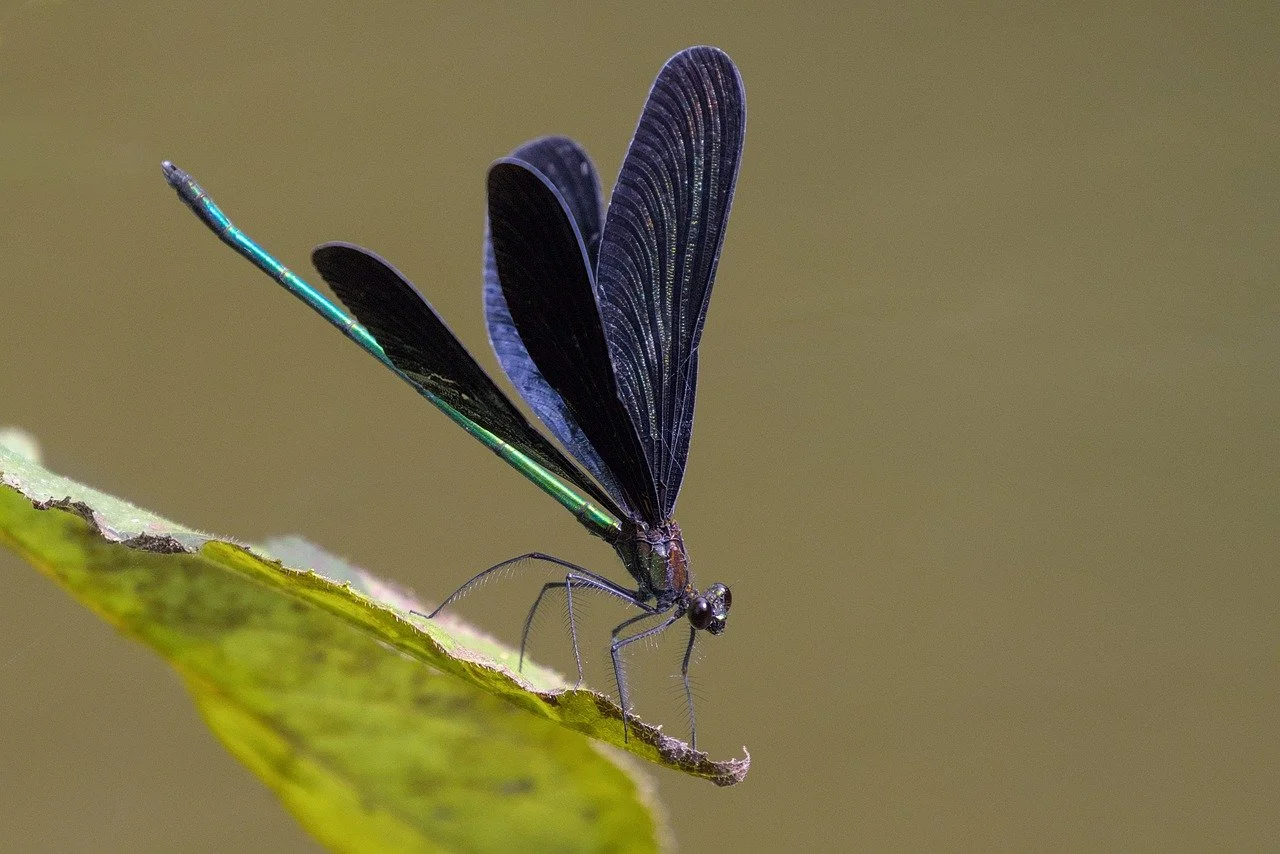Scientific Name
Dragonflies belong to the order Odonata, which includes two suborders: Anisoptera (true dragonflies) and Zygoptera (damselflies). There are many different species, so the scientific name varies according to the specific species.
Family
True dragonflies (Anisoptera) belong to several families, including Libellulidae and Aeshnidae. Damselflies (Zygoptera) also have several families, such as Coenagrionidae and Calopterygidae.
Distribution and Habitat
Dragonflies are found worldwide, except in polar regions Their habitat varies from freshwater areas, such as lakes, rivers and ponds, to marshes and wetlands. They are especially common near bodies of water where larvae can develop.
Behavior
Dragonflies are known for their agile flight and hunting patterns as they fly. They are predators and hunt insects in flight. They can spend long periods in the air and have exceptional vision that allows them to detect prey.
Eating Habits
Dragonflies are carnivorous predators as adults. They feed on insects, such as mosquitoes, flies and other small insects that they catch in flight. Their larvae are also predatory and feed on other aquatic organisms, such as mosquito larvae and small crustaceans.
Reproduction
Dragonflies lay their eggs in or near water. The larvae emerge from the eggs and spend most of their lives underwater, where they hunt aquatic prey. When the larvae are ready, they emerge from the water and transform into adult dragonflies through metamorphosis. Adult dragonflies lay eggs and continue the cycle.

